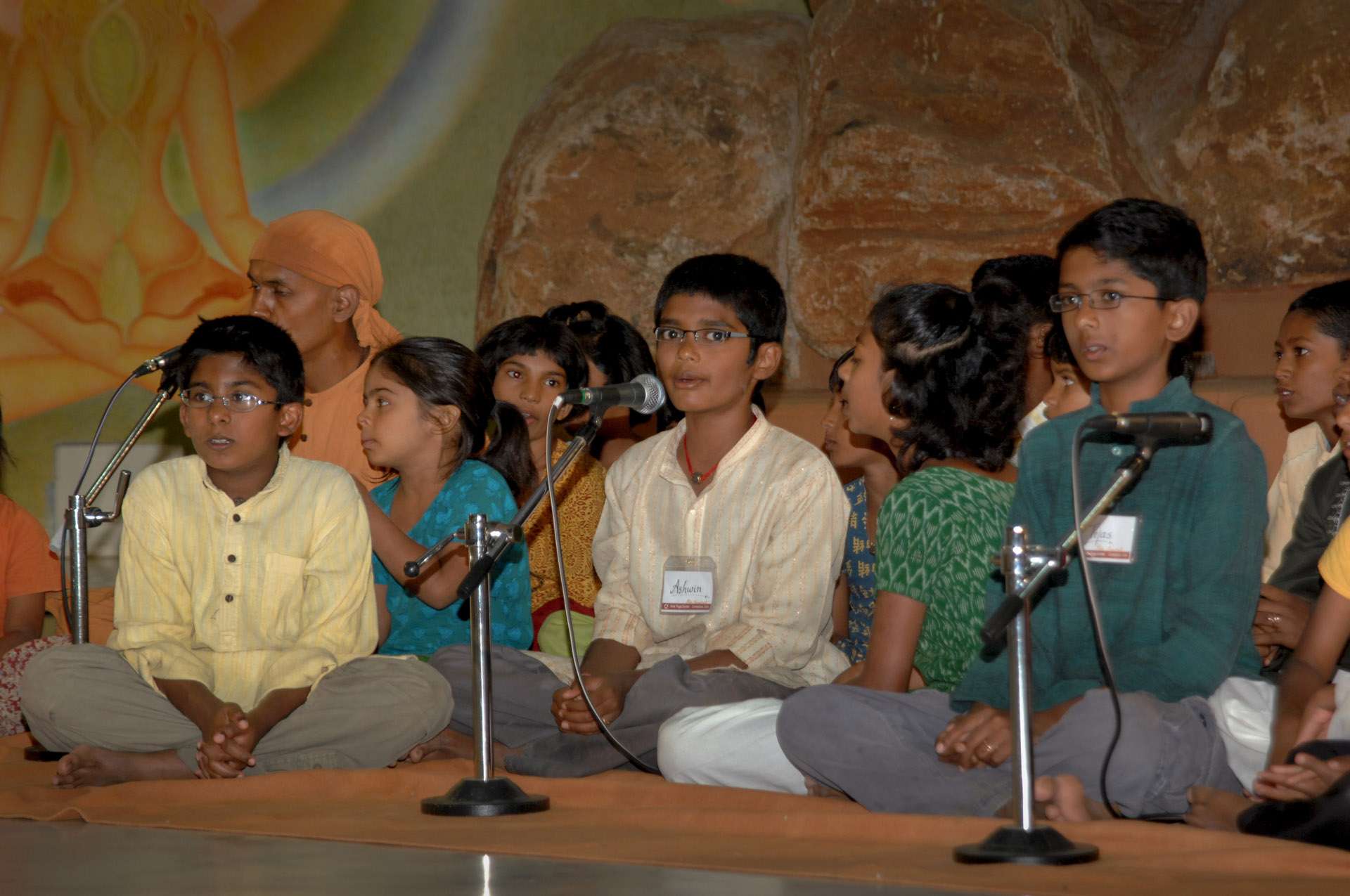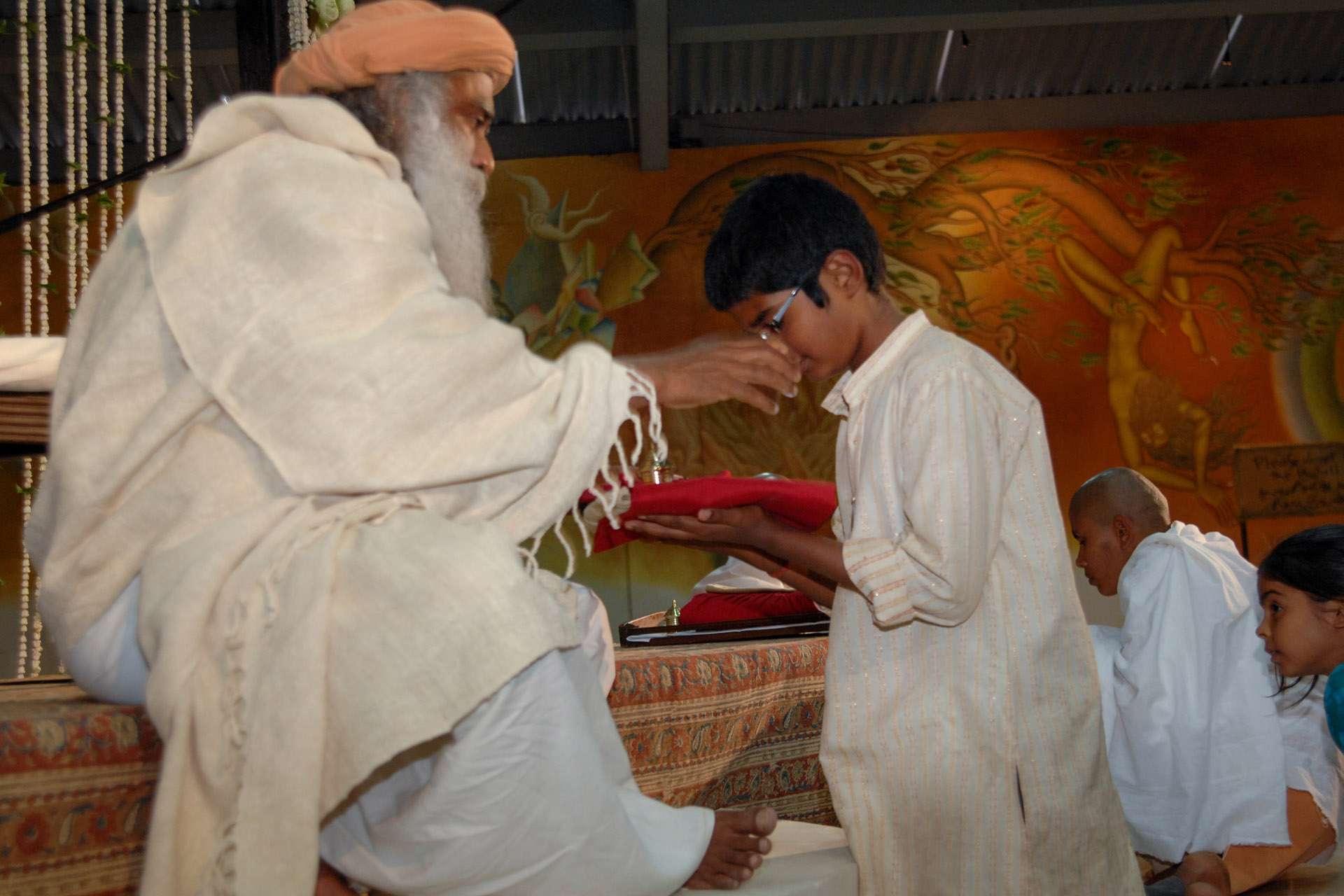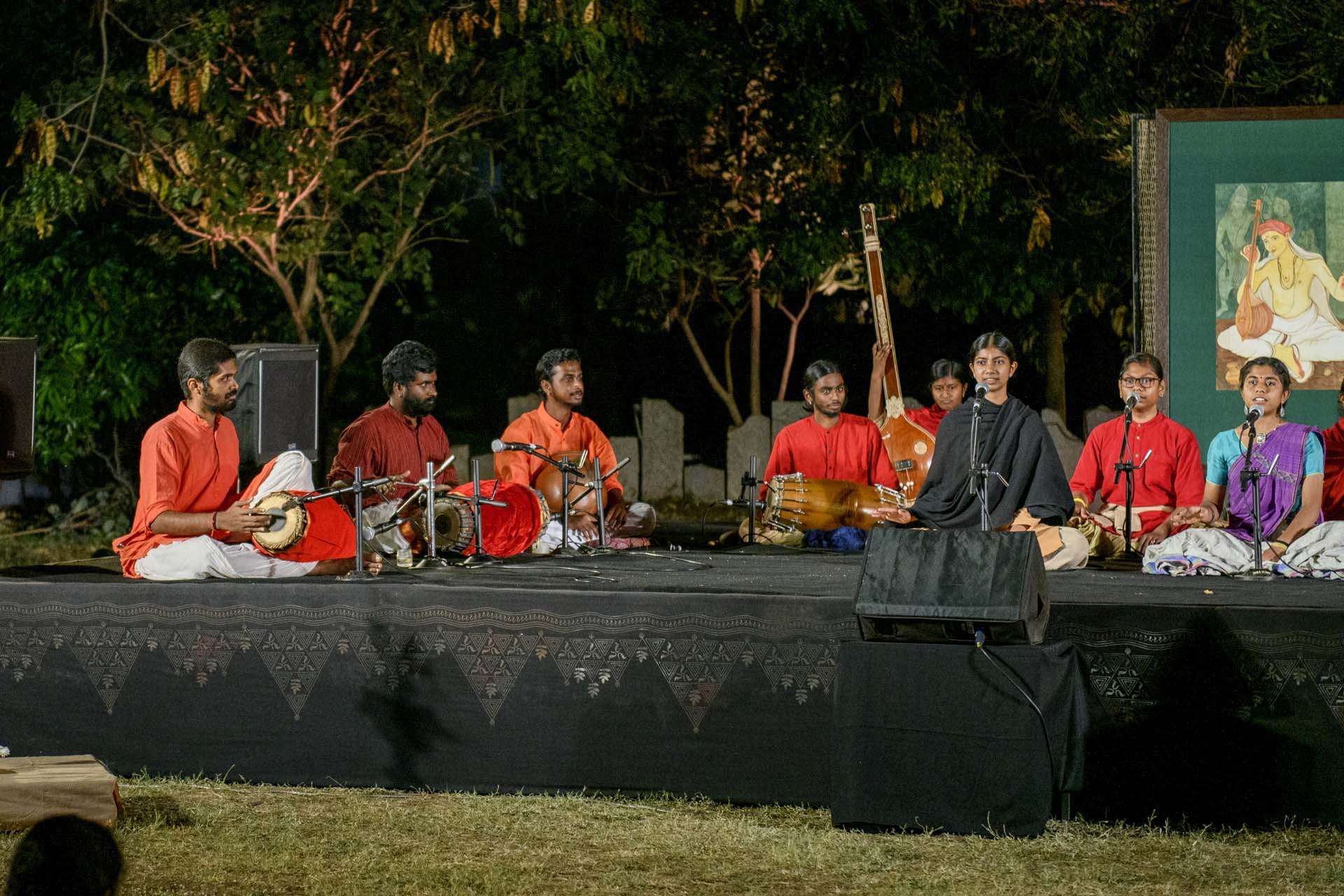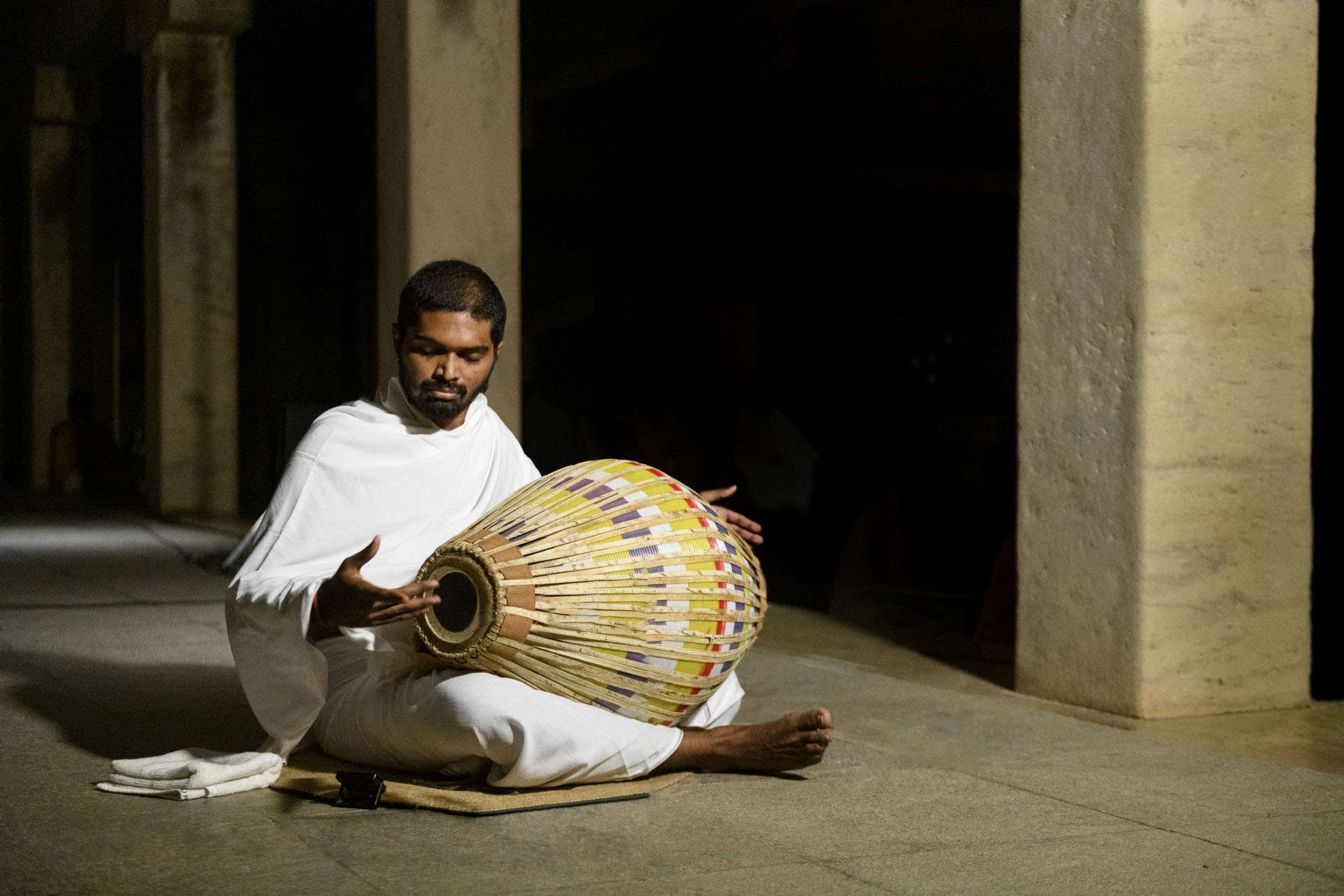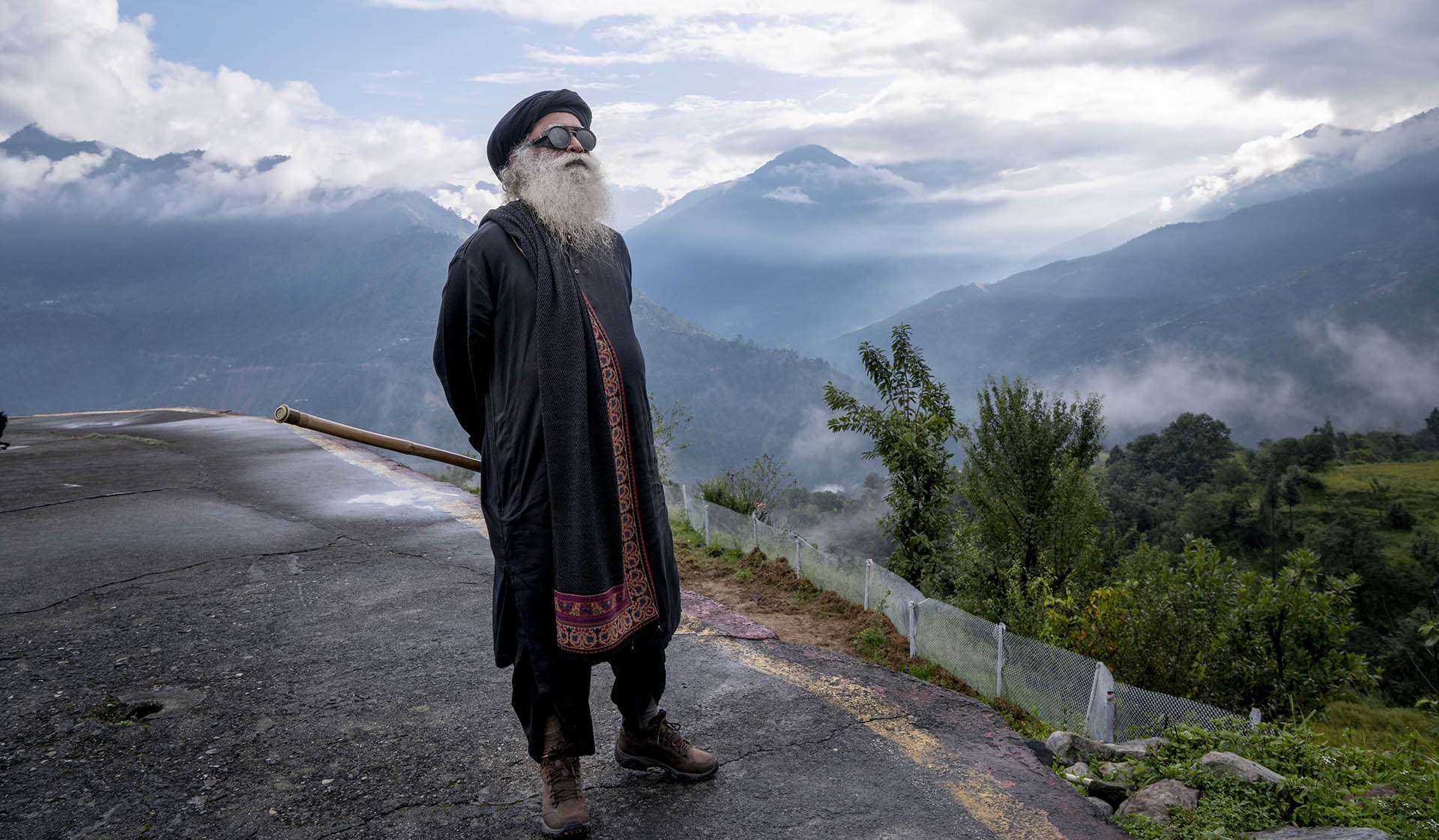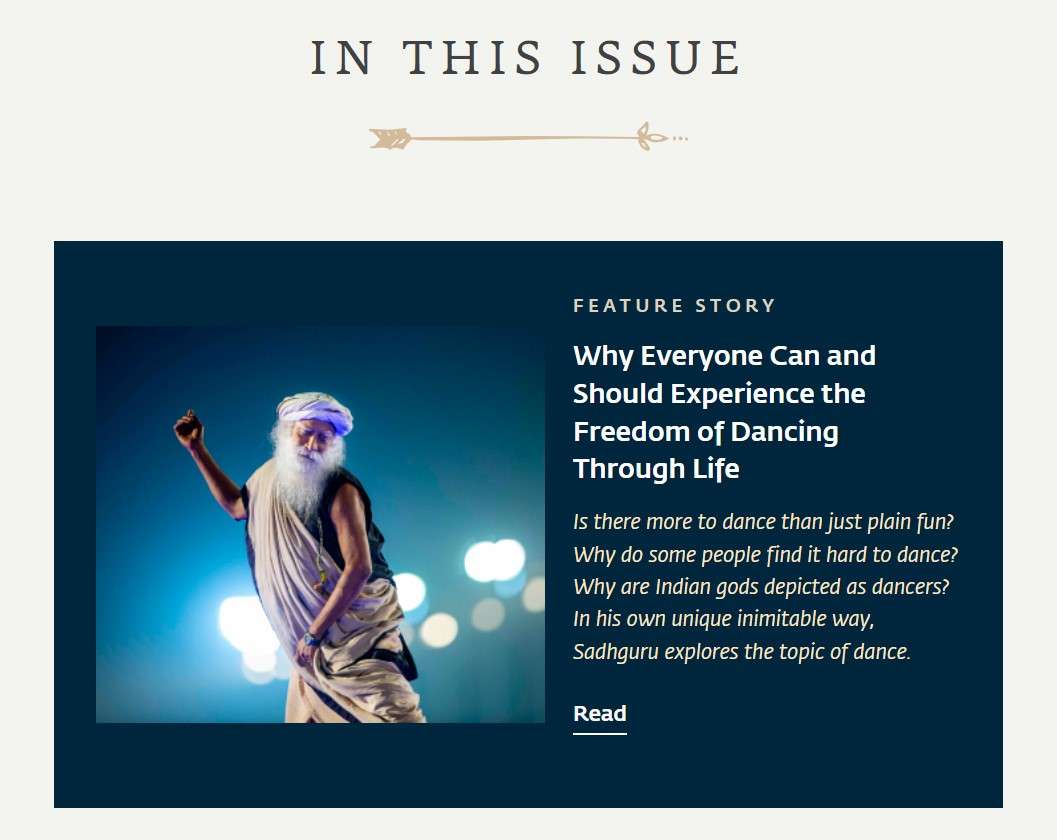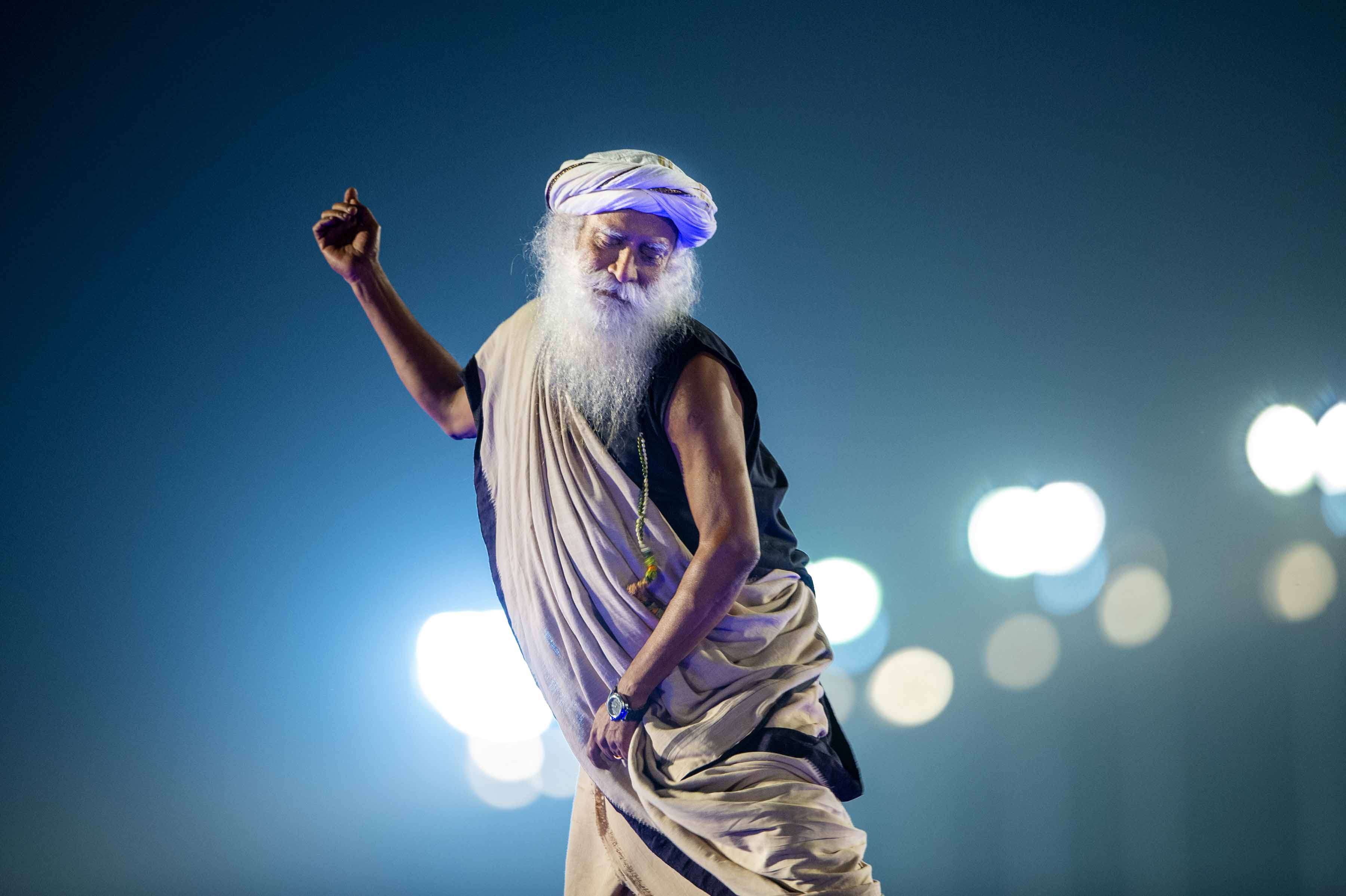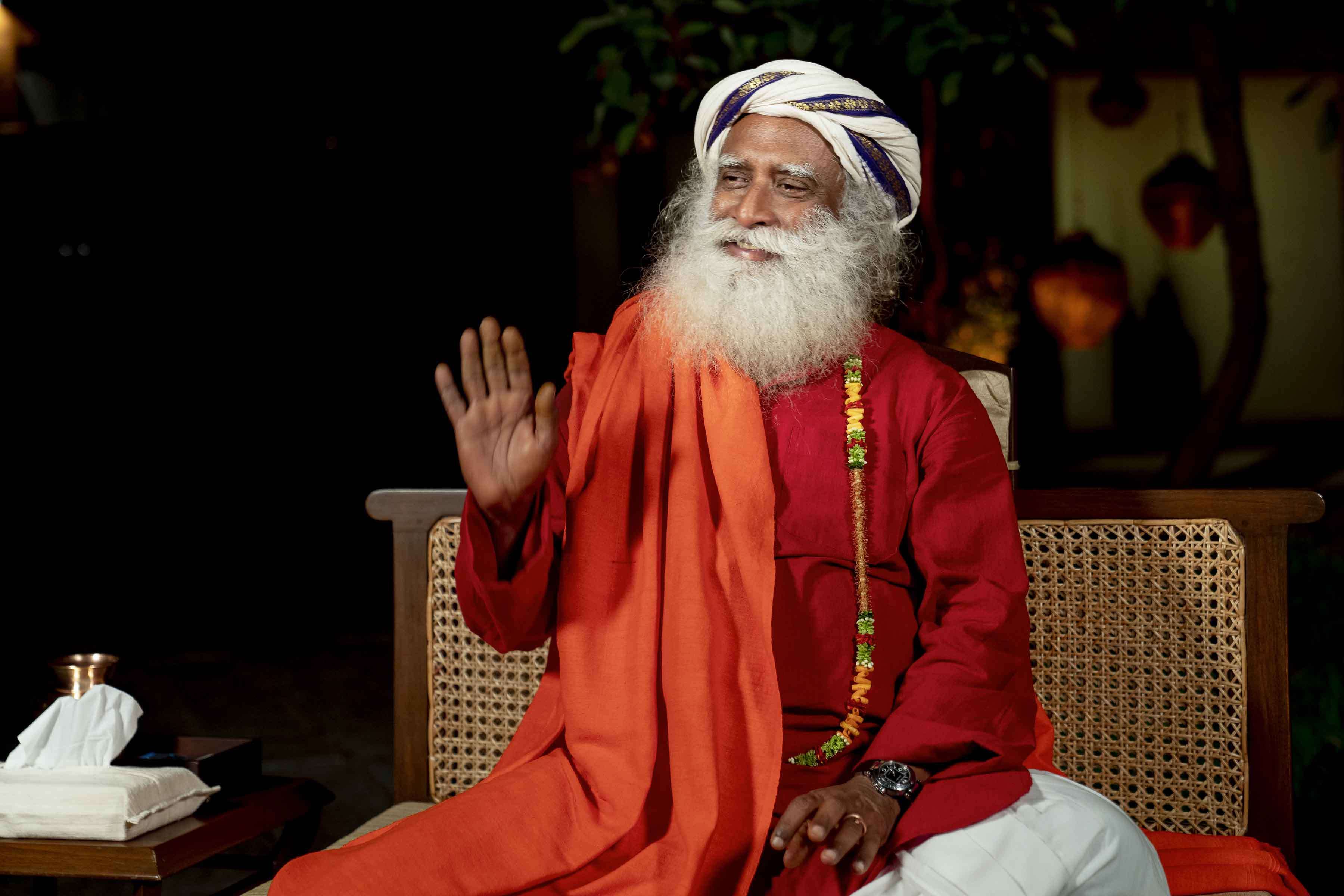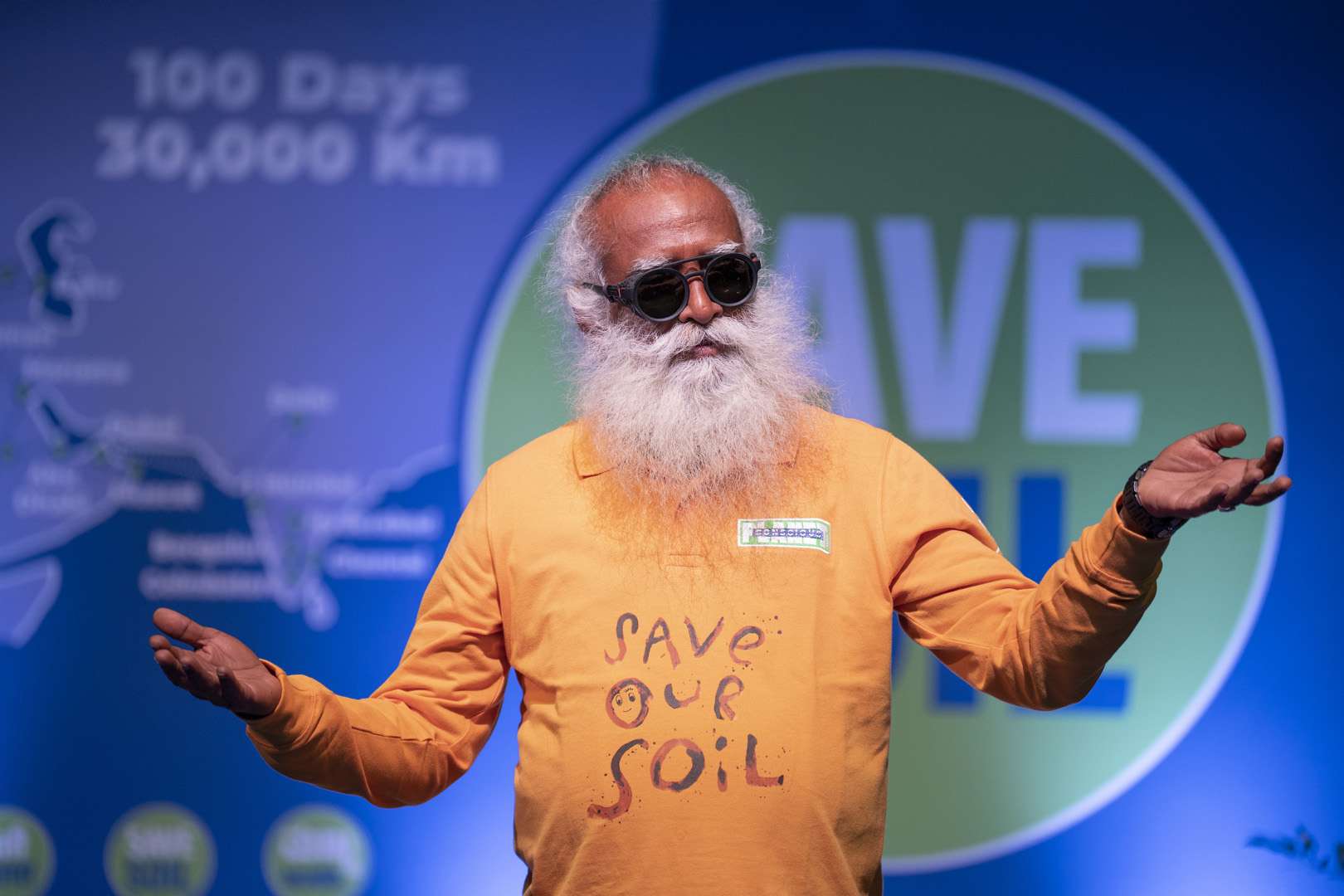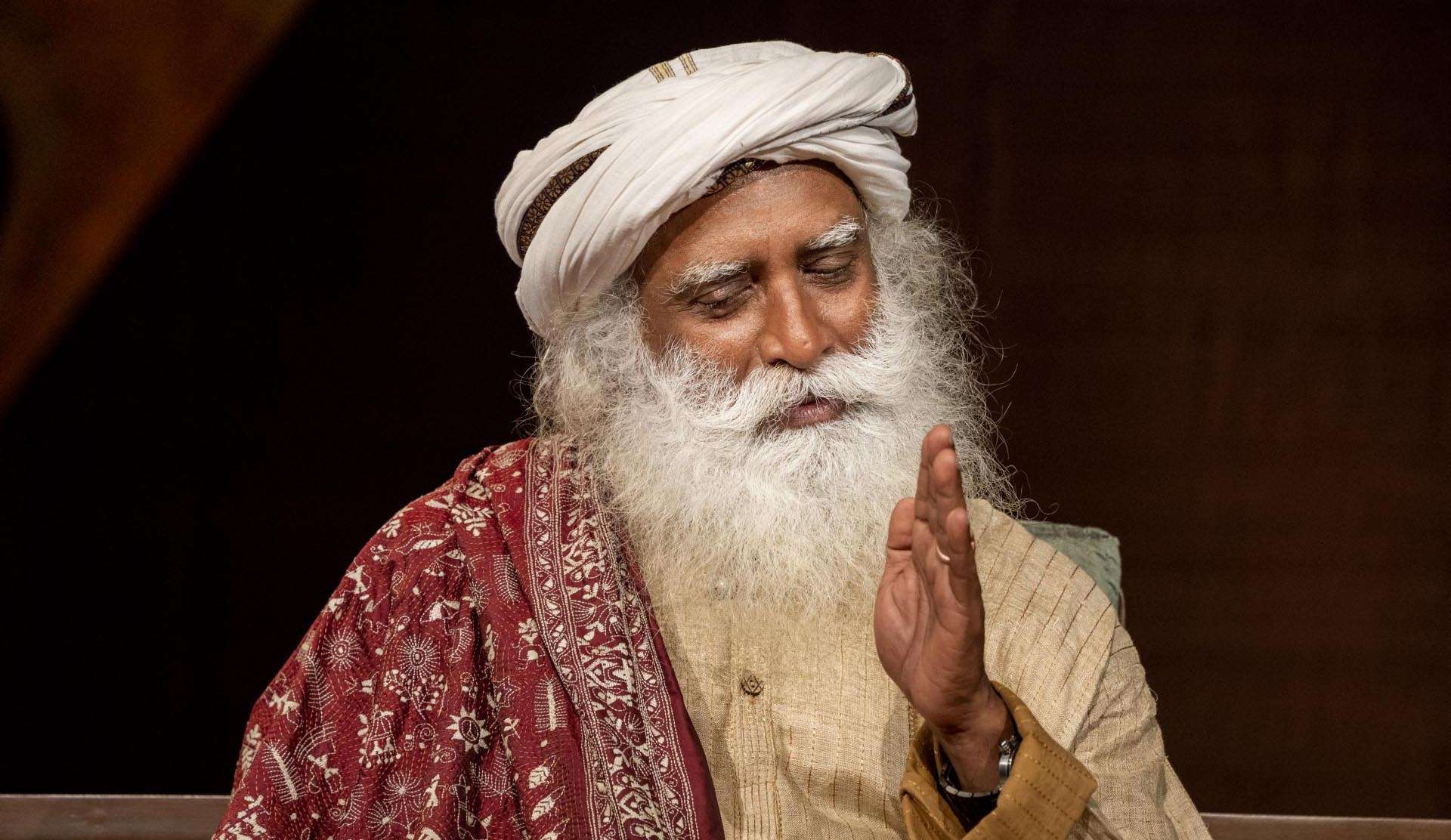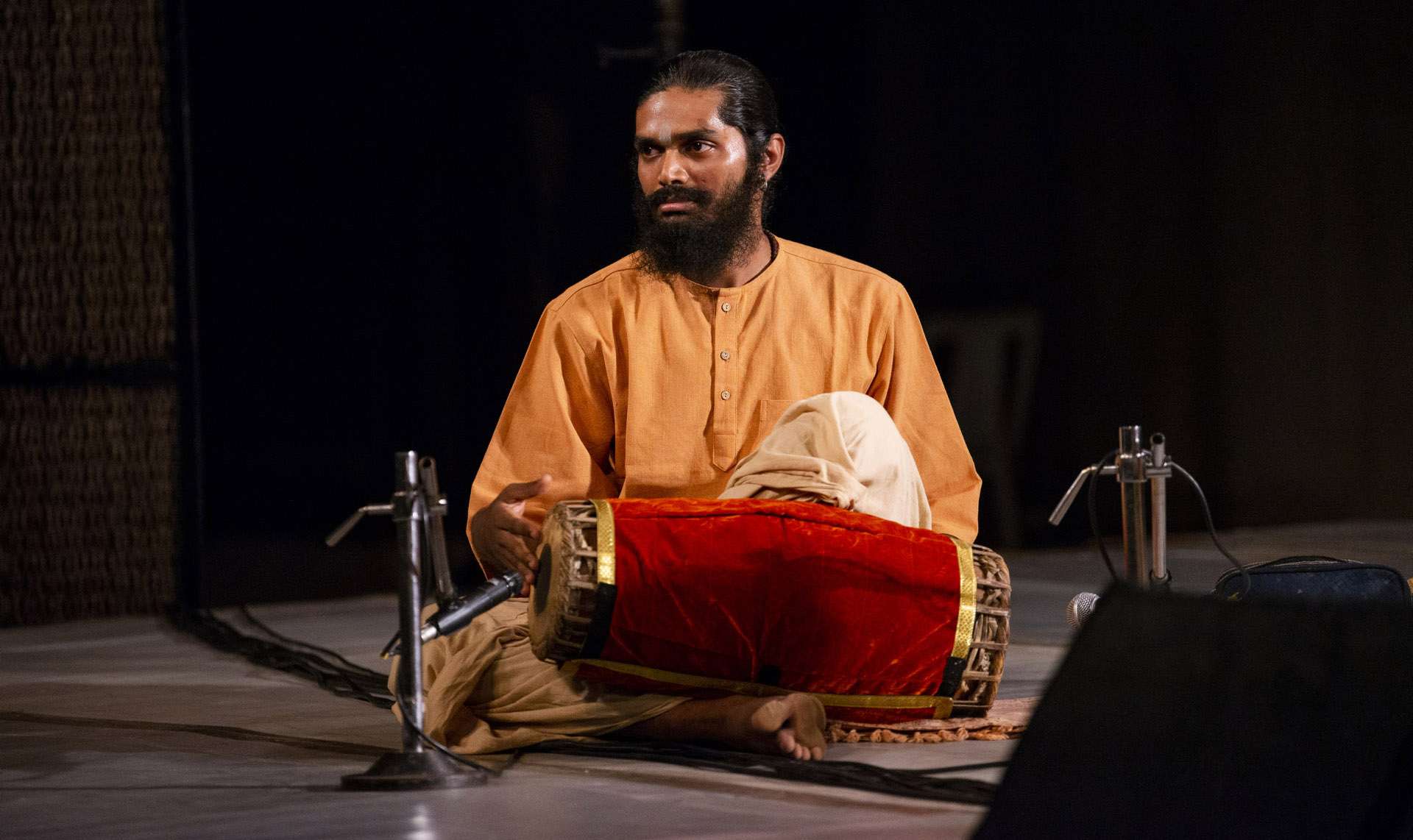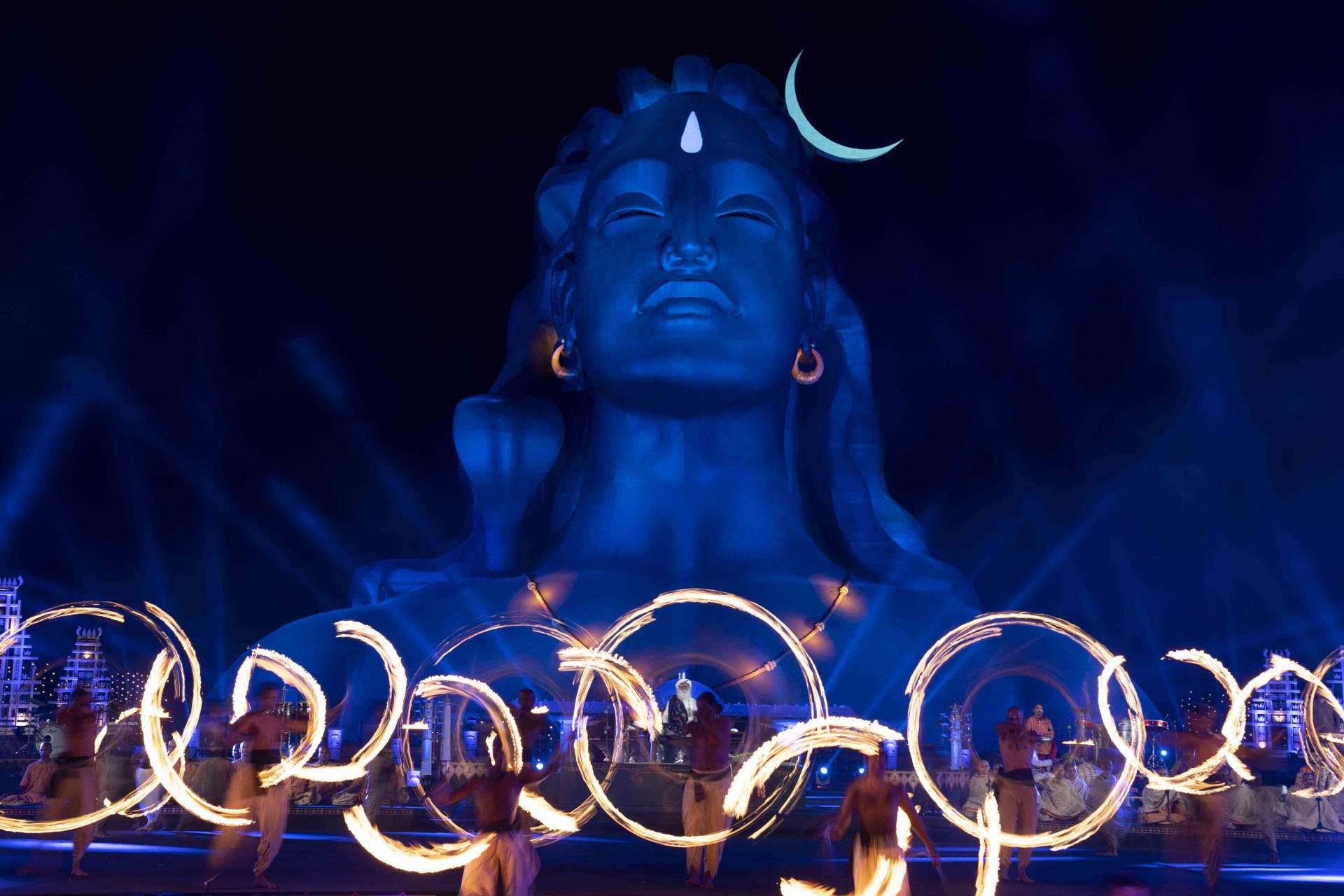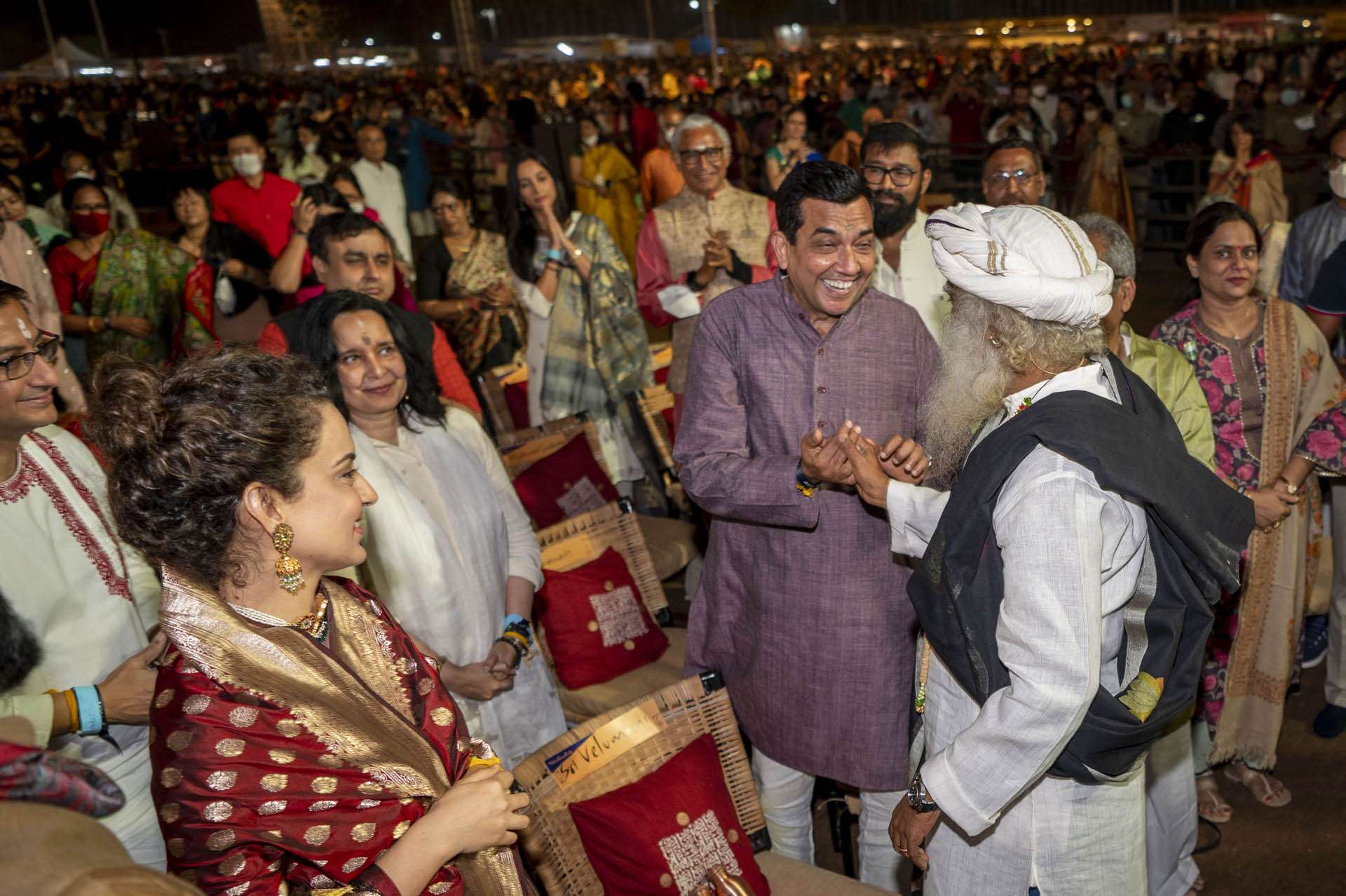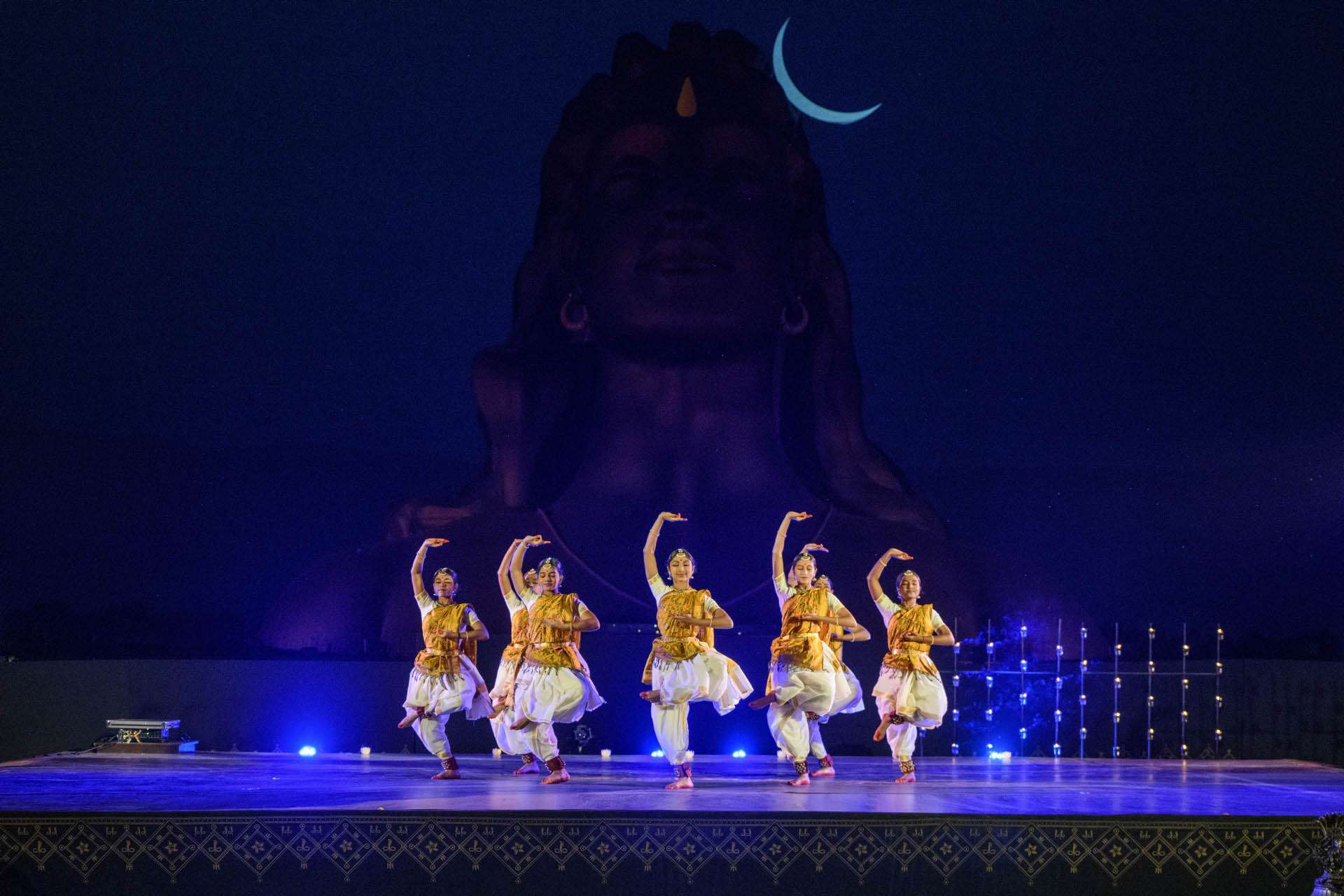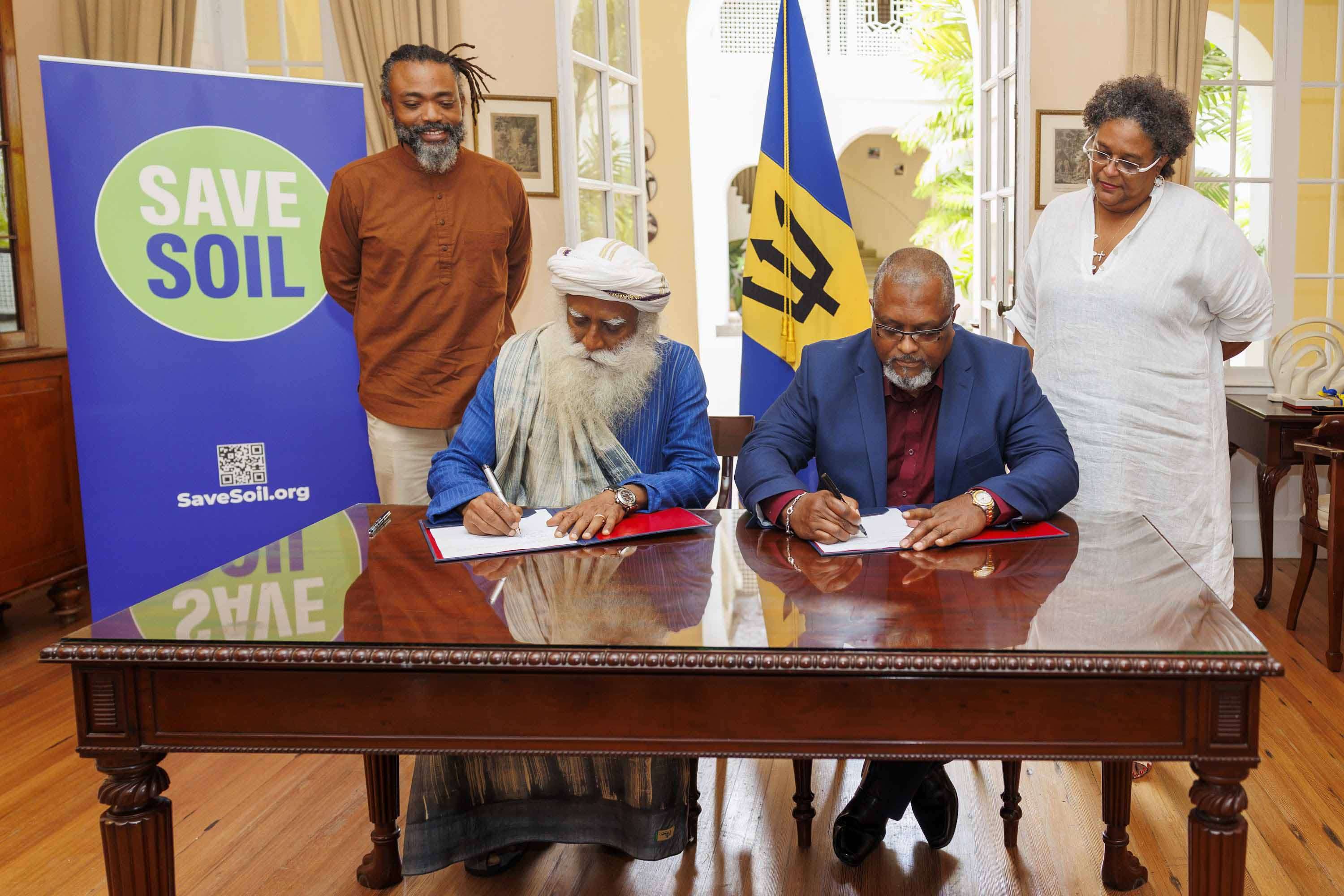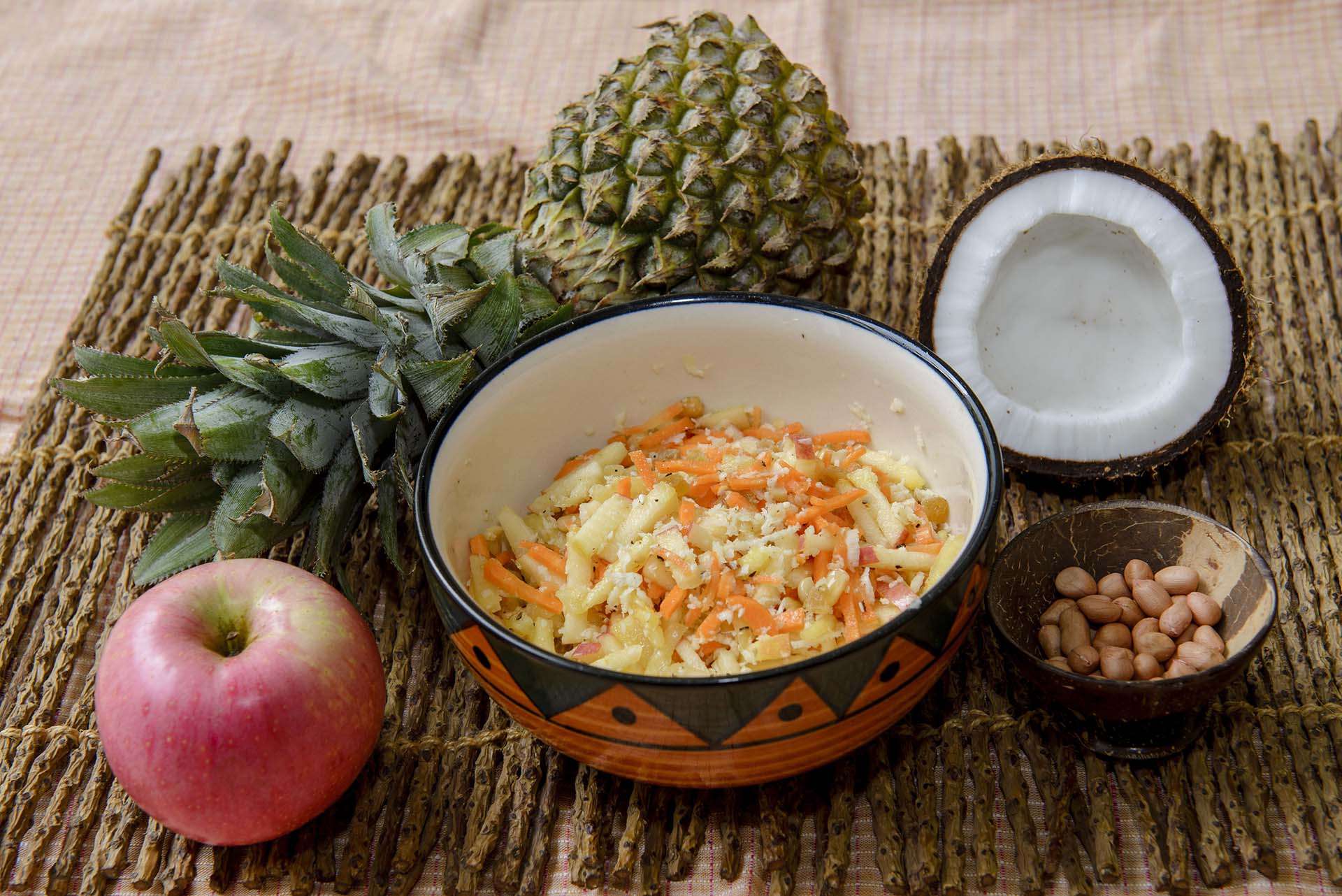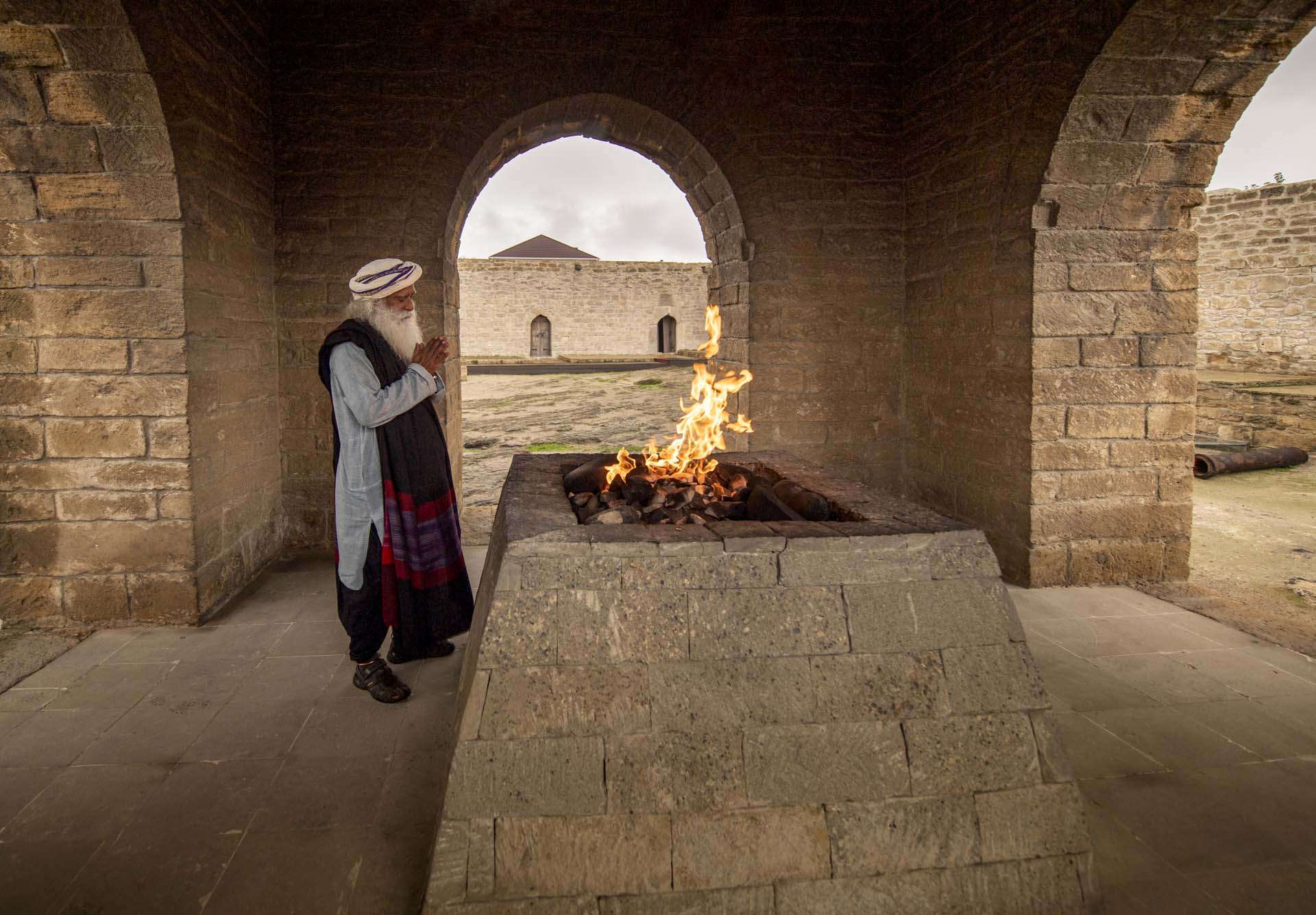A Life in Music
The sound of beating drums and rolling laughter is flowing from the Isha Samskriti area. In those days before the Mahashivratri celebrations, the young artists are practicing for their stage performances, where they are showcasing the Indian classical arts that have been their life and breath for years. As the students take a break and enjoy a ball game, Ashwin slips out to meet us and share his experience as an Isha Samskriti alumnus specializing in the mridangam, a two-headed drum.
During an exuberant performance of Carnatic music or dance, the audience may focus on the beauty of the dancers’ moves or the sweetness of the singers’ voices. However, it takes the skill of a gifted mridangam player to make the experience complete.
This two-headed drum is the main rhythm instrument for Carnatic vocal concerts and Bharatyanam dance performances. “The live orchestra gives the dancer or singer a boost of energy and adds to the mood of the whole performance,” Ashwin shares, saying, “For example, when the dancer is trying to express sadness in a specific piece, the musician by the side of the stage has to be able to pick up the depth of the emotion and convey it to the audience.”
